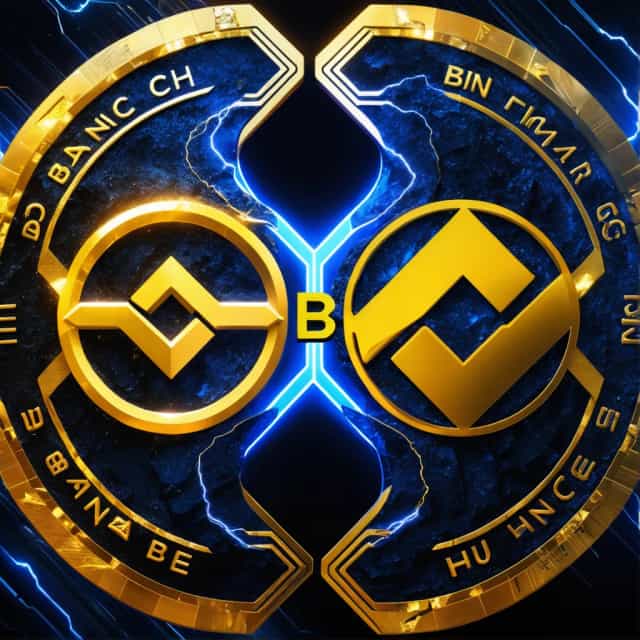
출처: Block Media
KOSPI Slide Amid Profit-Taking, U.S. Regional Banking Concerns, and Shifting Market Trends
The KOSPI Index began trading lower on November 17, retreating to the 3,700-point range amid concerns over distressed loans at U.S. regional banks and intensified profit-taking. The benchmark index’s recent sharp gains appear to have prompted a period of market consolidation, with investors reassessing their positions.
As of 9:27 a.m., the KOSPI fell 12.96 points (0.35%), landing at 3,735.41, according to the Korea Exchange. The index had opened at 3,732.76, down 15.61 points (0.42%) from the previous session’s close of 3,748.37.
Divergence Among Investor Groups
Interestingly, a split in investor behavior stands out. Retail investors emerged as net buyers, acquiring shares valued at 357.2 billion KRW in the main KOSPI market. Conversely, foreign investors and institutional investors opted for net selling, offloading shares worth 153.5 billion KRW and 170.6 billion KRW, respectively.
Market Drivers: Profit-Taking Meets Banking Uncertainty
Han Ji-young, a researcher at Kiwoom Securities, offered insights into the current trends, stating, “AI-related stocks continue to perform strongly, but heightened profit-taking after the KOSPI's significant rally past the 3,700 mark combined with ongoing concerns regarding U.S. regional banks is contributing to the market slowdown.” Han emphasized the market's narrow rally, in which gains are concentrated in specific sectors and stocks rather than across broader market indices.
Sector Analysis: Winners and Laggards
Sector performance has been mixed across the KOSPI Index. Transportation equipment and parts (+0.32%) and transportation and storage (+0.07%) sectors logged gains, highlighting areas of growth despite broader market pressure.
However, other sectors saw a downturn, with securities (-2.87%), insurance (-2.58%), and medical precision instruments (-1.43%) experiencing the sharpest declines.
As for leading KOSPI stocks, upward momentum was visible for SK Hynix (+0.44%), Hyundai Motor (+1.45%), and HD Hyundai Heavy Industries (+0.59%). On the other hand, major players such as Samsung Electronics (-0.51%), Doosan Enerbility (-3.11%), and Hanwha Aerospace (-1.28%) faced downward pressure, showcasing the disparity across market leaders.
KOSDAQ Struggles Amid Sector Shifts
The KOSDAQ, Korea's secondary securities market, also experienced losses. As of the same time, the KOSDAQ index dipped 4.37 points (0.50%), settling at 861.04. The market had opened lower at 862.71, down 2.70 points (0.31%) from the previous session’s close of 865.41, and maintained a downward trajectory.
Parallel to the KOSPI, retail investors on the KOSDAQ were net buyers, accounting for 92.2 billion KRW in share purchases, while foreign and institutional investors offloaded stocks worth 37 billion KRW and 41 billion KRW, respectively.
A market researcher provided further perspective, stating, “Large-cap stocks, predominantly supported by foreign investor cash flow, have led the market's rally in previous months. However, as the top-tier indices pause, liquidity may rotate back to dormant sectors like shipbuilding, defense, automotive, and niche segments such as biotech stocks.”
KOSDAQ Sector Movements
Sectoral performance in the KOSDAQ expressed similar contrasts. Gains were seen in electrical and electronic equipment (+0.33%) and transportation equipment and parts (+0.08%). However, other sectors recorded losses, including metals (-1.02%), medical precision instruments (-0.99%), and machinery (-0.02%).
Among prominent KOSDAQ stocks, gains were achieved by EcoPro (+13.00%), EcoPro BM (+4.34%), and PharmaResearch (+2.13%). Declines were observed for Peptron (-2.73%), HLB (-1.38%), and Alteogen (-0.46%), showcasing varied investor sentiment across sector-specific and mid-cap stocks.
Broader Insights into Market Trends
Commenting on the overall dynamics of the KOSPI, the researcher explained that traditional market leaders such as shipbuilding, defense, and nuclear power have primarily driven the index’s rally throughout the year. Recently, large-cap semiconductor stocks, including Samsung Electronics, have also bolstered the upward momentum, though gains remain concentrated among select high-performing stocks.
As for the KOSDAQ, while large-cap categories, such as biotechnology and secondary batteries, have underwhelmed, mid-cap stocks, smaller niche players, and theme stocks continue to attract investor interest. This shift highlights a more focused approach to equity investment opportunities.
Korean Won Weakens Against U.S. Dollar
In the foreign exchange market, the South Korean won depreciated slightly against the U.S. dollar at the start of trading. The won was quoted at 1,417.0 KRW per dollar, weakening by 0.9 KRW compared to the previous session’s closing rate of 1,421.3 KRW.
The day’s movement in Korean equities and the exchange rate underscores the interplay between macroeconomic concerns, sector-specific performance, and fluctuating investor sentiment. As markets navigate periods of consolidation, opportunities emerge within niche sectors and smaller market players, adding complexity to the investment landscape for stakeholders.










